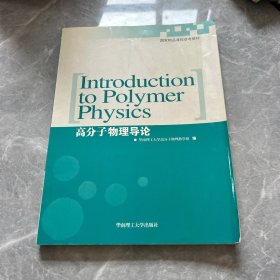
高分子物理导论(英文版)
¥ 30 6.3折 ¥ 48 九品
仅1件
上海宝山
认证卖家担保交易快速发货售后保障
作者华南理工大学高分子物理教学组 编
出版社华南理工大学出版社
出版时间2011-02
版次1
装帧平装
货号D30
上书时间2024-05-12
- 店主推荐
- 最新上架
商品详情
- 品相描述:九品
图书标准信息
- 作者 华南理工大学高分子物理教学组 编
- 出版社 华南理工大学出版社
- 出版时间 2011-02
- 版次 1
- ISBN 9787562333883
- 定价 48.00元
- 装帧 平装
- 开本 16开
- 纸张 胶版纸
- 页数 312页
- 字数 572千字
- 丛书 国家精品课程参考教材
- 【内容简介】
-
华南理工大学高分子物理教研组的六位老师,《高分子物理(修订版)》(复旦大学出版社)的内容为基础,参考国外有关教科书,编写了这本英文版的《高分子物理导论》,供本科生双语教学使用。
英语《高分子物理》教科书与汉语的《高分子物理》教科书相对应。 - 【目录】
-
Chapter 1 STRUCTURE OF POLYMER CHAIN
1.1 Introduction
1.1.1 Introduction to Polymer Science
1.1.2 From Small Molecules to Big Molecules
1.1.3 Future Topics for Polymer Science
1.1.4 Maior Characteristics of Polymer Structure
1.1.5 Contents of Polymer Structure
1.2 Short—range Structure of Polymer Chain
1.2.1 The Chemical Composition of Repeating Units
1.2.2 Bonding Methods of Monomers
1.2.3 Branch and Cross.1iking of Polymer Chain
1.2.4 Sequential Structure of Copolymer
1.2.5 Configuration of Polymer Chain
1.3 Long—range Structure of Polymer Chain
1.3.1 Size and Shape of Polymer Chain
1.3.2 Internal Rotation and Conformation of Polymer Chain
1.3.3 Flexibility of Polymer Chain
1.3.4 Factors of Influence on Polymer Chain Flexibility
1.4 Conformation Statistics of Polymer Chain
1.4.1 Geometry Calculation of Average Square End—to—end Distance
1.4.2 Statistical Calculation of Average Square End—to—end Distance
1.4.3 Characteristics of Polymer Chain Flexibility
1.4.4 Radius of Gyration of Polymer Chain
1.4.5 Wormlike Chain
Chapter 2 CONDENSED STATE STRUCTURE OF POLYMERS
2.1 Van Der Waals Force and Hydrogen Bonding
2.1.1 Primary Bonds
2.1.2 Seconary—bond Forces
2.1.3 Intermolecular Forces and Physical Properties
2.2 Form and Structure of Crystalline Polymers
2.2.I Morphology of Crystalline Polymers
2.2.2 Conformation and Unit Cell of Crystalline Polymers
2.3 Structural Models of Polymers
2.3.1 Structural Models 0f Crystalline Polymers ?
2.3.2 Structural Model of Amorphous Polymers
2.4 Crystalline Processes of Crystalline Polymers
2.4.1 Structure and Abilitv 0f P01ymer:
2.4.2 Crystallization Process of Polymers
2.4.3 The Rate of Crystallization and Its Measurement Methods
2.4.4 The Avrami Equation
2.4.5 The Degree of Crystallinity
2.4.6 Experimental Determination of Crystallinit
2.5 Crystallization Thermodvnamics of Polymers
2.5.1 Melting Phenomena and the Melting Temperature
2.5.2 Theory of Melting Point Depression
2.5.3 Example Calculation of Melting Point Depression
2.5.4 Experimental T11ermodvllamic Parameters
2.5.5 Entropy of Melting
2.5.6 The Hoffman—Weeks Equilibrium Melting Temperature
2.5.7 Effect of Chemical Structure On the Melting Temperature
2.6 Oriented Structure of Polymers
2.6.1 The Production of Orientation in Syl~thetic Polymers
2.6.2 Deliberate Orien ration by Processing in the Solid State
2.6.3 Deliberate Orientation by Processing in the Fluid State
2.6.4 Cold Drawing and the Natural Draw Ratio
2.6.5 Oriented Polymers—models and Properties
2.6.6 Highly Oriented Polymers and Uhimate Moduli
2.7 Liquid—crystal Polymers
2.7.1 Introduction
2.7.2 Types of Mesophases for Small Molecules
2.7.3 Types of Liquid-crystal Polymers
2.7.4 The Processing of Liquid—crystal Polymers
2.7.5 The Properties and Applications of Liquid—crystal Polymers
2.8 Structure and Properties of Blending Polymers
2.8.1 Conditions for Polymer polymer Miscibility
2.8.2 Experimental Detection of Miscibilitv
2.8.3 C0mpatihilisation and Examples of Polymer Blends
2.8.4 Morphology
2.8.5 Properties and Applications
Chapter 3 PROPERTIES OF POLYMER SOLUTIONS
3.1 Dissolution of Polymers
3.1.1 Dissolution Process
3.1.2 Cohesive Energy Density and Thermodynamics for Polymer Dissolution
3.2 Thermodynamics of Polymer Solutions
3.2.1 The Ideal Solution
3.2.2 Statistical Thermodynamics of Mixing
3.2.3 Dilute Solutions
3.2.4 Values for the Flory-Huggins Parametery
3.2.5 A Worked Example for the Free Energy of Mixing
3.3 Semidilute Polymer Solutions
3.3.1 The Dilute to Semidilute Transition
3.3.2 Semidilute Regime Scaling Laws
3.3.3 The Correlation Length, in the Semidilute Solution
3.4 Concentrated Polymer Solutions
3.4.1 Plasticization of Polymers
3.4.2 Spinning Solutions
3.4.3 Gels
3.5 Polyelectrolyte Solutions
3.6 Miscibility of Polymer Blends
3.6.1 Phase Diagrams
3.6.2 Thermodynamics of Phase Separation
3.6.3 An Example Calculation: Molecular Weight Miscibility Limit
3.7 Hydrodynamics Properties of Polymer Solutions
3.7.1 The Diffusion of Polymer in Solutions
3.7.2 Viscose Flow of Polymer inSolutions
Chapter 4 MOLECULAR WEIGHT AND MOLECULAR WEIGHT DISTRIBUTION OF POLYMERS
4.1 Polymer Size and Shape
4.2 Molecular Weight Averages
4.3 Determination Methods of Molecular Weight
4.3.1 End-group Analyses
4.3.2 Osmotic Pressure
4.3.3 Light scattering
4.3.4 Flight Time
4.3.5 Viscometry
4.4 Determination Methods of Molecular Weight Distribution
4.4.1 Phase Separation and Fractionation
4.4.2 Gel Permeation Chromatography
Chapter 5 MOLECULAR CHAIN MOTION
5.1 Introduction to Molecular Chain Motion
5.1.1 Simple Mechanical Relationships and Their Concepts
5.1.2 Polymer Relaxation and Transition
5.1.3 Polymer Molecular Chain Relaxation and Transition
5.2 The Glass Transition
5.2.1 Introduction
5.2.2 Methods of Measuring Transitions in Polymers
5.2.3 Theories of the Glass Transition
5.2.4 Factors of Influenee Oil Glass Transition Temperature
5.3 Viscosity Flow of Polymer
5.3.1 Characteristics of Viscosity Flow
5.3.2 Measure of Shear Viscosity
5.3.3 Factors of Influence on Viscosity Flow Temperature
Chapter 6 MECHANICAL BEHAVLOUR OF POLYMERS
6.1 Mechanieal Behaviour of Amorphous and Crystalline Polymers
6.1.1 Basic Physical Quantities Describing Mechanical Behaviour
6.1.2 Several Common Terms of Mechanical Properties
6.1.3 Tensile Properties of Various Polymers
6.1.4 Yield of Polymms
6.1.5 Fracture and Theoretical Strength of Polymers
6.1.6 Factors Affecting the Actual Strength of Polymers
6.2 Mechanical Behaviour of Elastic Polymers
6.2.1 Application Temperature Range of Rubbers
6.2.2 Characteristics of Elasticity
6.2.3 Phenomenological Descriptions of Rubber Elasticity
6.2.4 Thermodynamic Analysis of Rubber Elasticitv
6.2.5 Statistieal Thermodynamics of Rubber Elasticity
6.2.6 Effects of the Structure of Cross—links and Networks on the Rubber E1asticitv
6.2.7 Internal Energy Effects on the Rubber Elasticity
6.2.8 Ultimate Properties of Rubber
6.3 Mechanical Relaxation of Polymers Viscoelasticity
6.3.1 Mechanical Relaxation Phenomenon of Polymers
6.3.2 Mechanieal Models for Viscoelasticity
6.3.3 The Relationship between Viscoelasticity and Time and Temperature Time—temperature Equivalence Principle
6.3.4 The Bohzmann Superposition Principle(BSP)
Chapter 7 ELECTRICAL AND OPTICAL PROPERTIES OF POLYMERS
7.1 Electrical Polarization and Die]ectric Constant of Polymers
7.1.1 Polarization of Dielectric Media in Electric Field
7.1.2 Interpreting Polarization Effect of Polymer from Molecular Level
7.1.3 Relation between Dielectric Constant and Molecular Polarizabilitv
7.1.4 The Dielectrie Constants of Polymers
7.2 Dieleetrie Loss of Polymers
7.2.1 Dielectric Relaxation and Dielectric Loss
7.2.2 Characterization of Dielectric Loss
7.2.3 Some Factors Effcting on Dielectric Relaxation and Dielectric Loss
7.2.4 Spectra of Dielectric Relaxation in Solid Polymers
7.3 Conduction in Polymers
7.3.1 Characterizatioll of Elec,tric Conduction
7.3.2 Conductive Characteristics of Polymers
7.3.3 Volunle Resistivity and Surface Resistivity
7.3.4 Dependence Relation between Conduction and Structure in Solid Polymer
7.3.5 Influence of Other Factors
7.4 Dielectric Breakdown of Polymers
7.4.1 Dielectric Breakdown and Dielectric Strength
7.4.2 Dielectric Breakdown Mechanisms of Polymer
7.5 Electrostatic Charge Phenomena on Polymer
7.6 Optical Properties of Polymers
7.6.1 Transpalency and Colourlessness
7.6.2 The Refractive Index
点击展开
点击收起
相关推荐
— 没有更多了 —







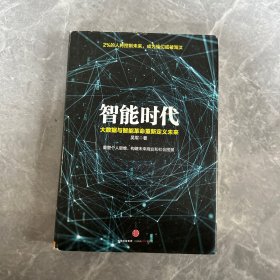

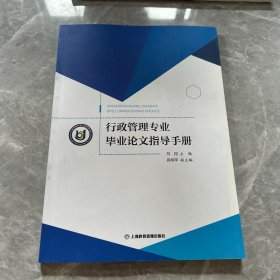

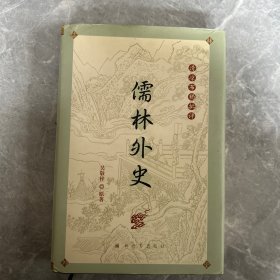

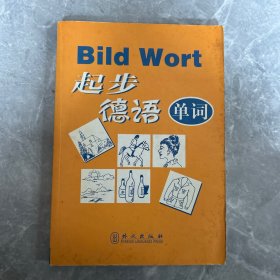
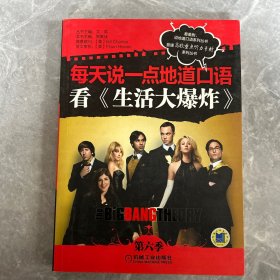
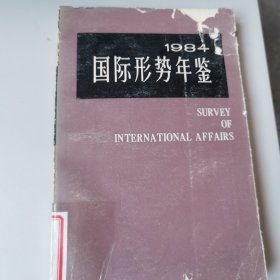
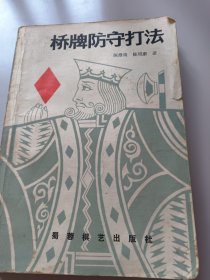
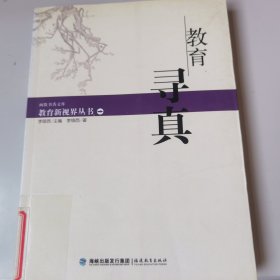
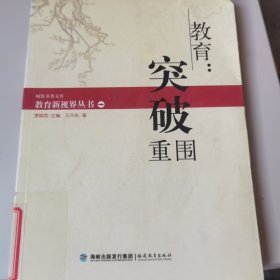
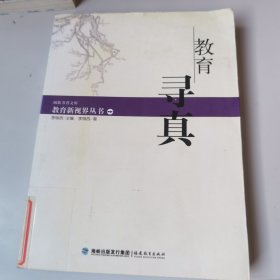

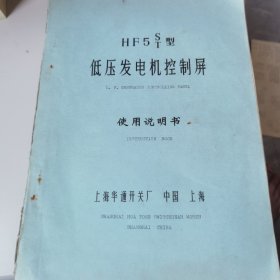
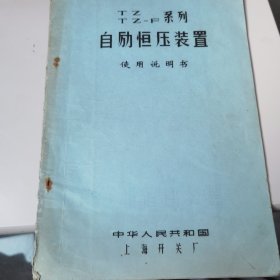



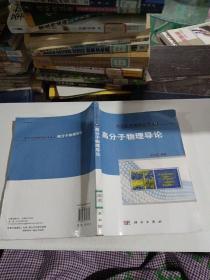
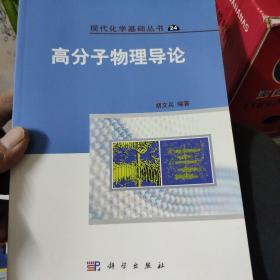
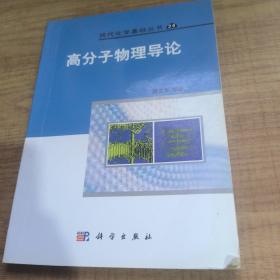
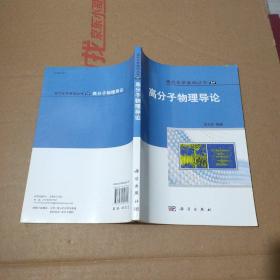

以下为对购买帮助不大的评价